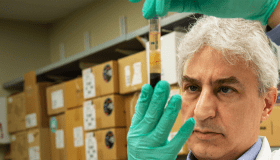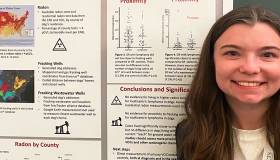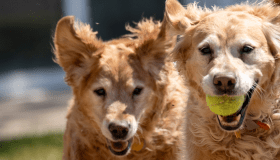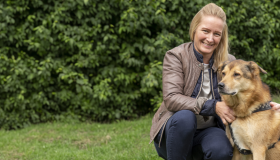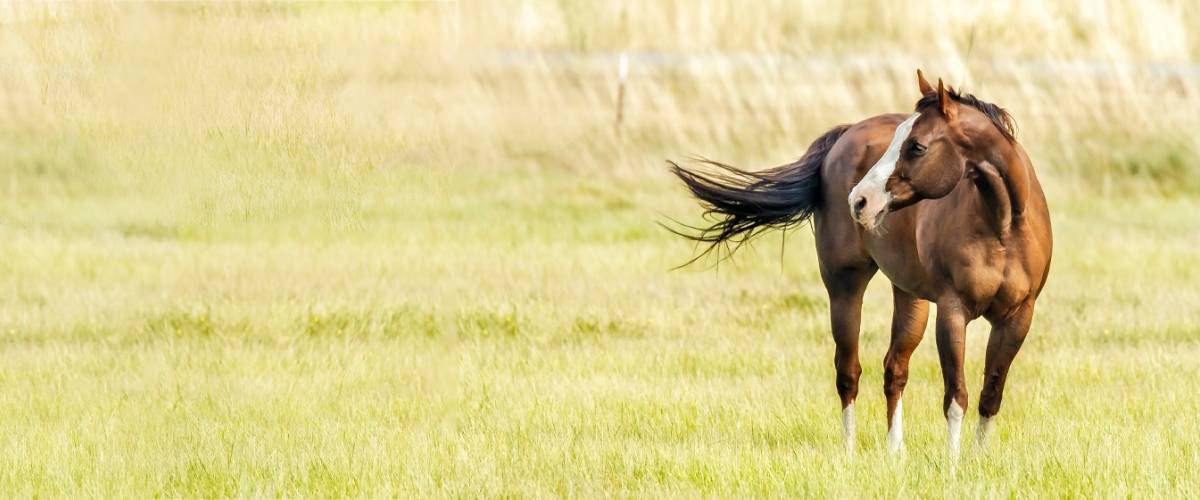
May 27, 2021 – Sarcoid tumors are the most common skin cancer diagnosed in horses and ponies. The good news is these tumors are nonmalignant (they don’t spread to other parts of the body) and seldom fatal. However, they can grow quite large, and spread and multiply locally, impacting the quality of life for affected animals.
What do sarcoid tumors look like?
Sarcoid tumors come in all shapes and sizes. They can look like circular hairless areas of skin, round lumps, warts, or various combinations. They can be found on any part of the horse’s body, but more often occur near the genitals, on the head or underside of the abdomen. Tumors also can pop up at sites of previous injuries or scarring.
Here are six basic categories of equine sarcoid tumors that horse owners should be on the lookout for:
Occult – Somewhat circular, hairless area, or just a patch of hair that looks different from the surrounding areas, including subtle changes in hair color or density. Occult tumors can be found anywhere on the body, but common areas include the neck, eyes and around the mouth of the horse.
Verrucose – Gray, scaly or warty in appearance. Sometimes you can feel small bumps the size of a pea within a verrucose sarcoid tumor. Some verrucose sarcoid tumors develop surface ulcerations, where the skin peels away, exposing red tissue underneath. These tumors usually are found on the lower part of the leg.
Nodular – Solid bumps varying in size, making them much easier to see and identify. Multiple tumors may look like bunches of grapes. These tumors may ulcerate and bleed. Common places to see nodular tumors include the groin, face, inner thigh and armpit.
Fibroblastic – Fleshy, cauliflower-like masses that can have a stalk or be flatter in appearance. These more-invasive masses often are ulcerated and bleed easily. Common places to see fibroblastic sarcoid tumors are on the legs, groin, eyelids and at the site of previous injuries on the limbs.
Mixed – As the name suggests, this is a mixture of two or more types of sarcoid tumors. This is a common diagnosis and can appear in long-standing lesions or in areas of repeated minor trauma, including tack or harness rubbing.
Malevolent – Extremely rare, aggressive tumor that spreads extensively through the skin. Malevolent sarcoid tumors tend to develop from other types of sarcoid tumors, but some do develop spontaneously.
What causes sarcoid tumors?
Virus – Sarcoid tumors belong to a class of tumors that have a viral origin. Studies show bovine papilloma virus (BPV), a common cattle disease, is strongly implicated as a causative agent of sarcoid tumors. Most sarcoid tumors contain detectable BPV genetic material, and high viral loads within the tumor cells may be associated with more aggressive disease.
Genetics – The genetic makeup of a horse may influence whether it’s susceptible to developing sarcoid tumors. Studies show quarter horses are at higher risk and, conversely, standardbreds are rarely affected. Research continues to drill down to the genetic components that may make some horses (and breeds) more susceptible to developing sarcoid tumors.
How do you confirm the diagnosis?
As with any cancer, the earlier you detect a sarcoid tumor on your horse or pony, the easier it may be to treat. If you suspect your animal has a sarcoid tumor, call your veterinarian immediately. Your veterinarian may make a diagnosis based on:
- Appearance – Does it look like a sarcoid tumor or some other skin health condition such as another type of skin cancer, ringworm, cysts, warts, or an allergic reaction? Your veterinarian is best equipped to make this distinction and provide a presumptive diagnosis based on tumor appearance.
- Biopsy – A definitive diagnosis can be made by sampling and analyzing a piece of tissue from the tumor. However, biopsies run the risk of causing the tumor to become more aggressive. If possible, it’s preferable to remove the whole tumor in the first instance for laboratory examination to minimize this risk.
- Needle Aspirate – This less-invasive procedure involves collecting tumor cells using a needle and syringe and runs fewer risks of making the tumor more aggressive. However, this procedure doesn’t provide a definitive diagnosis.
What available treatment options are out there?
Always discuss with your veterinarian the best treatment option for your horse. Because sarcoid tumors (even if they look the same) can behave very differently, a wide range of treatment options are available. Here are just of a few commonly used approaches:
- Wait and See: If the sarcoid tumor is very small and in a good location, like the chest and not the eye, your veterinarian may first recommend carefully monitoring the tumor’s size and appearance over time. Slow-growing tumors may remain stable for years and may not require immediate attention. On the other hand, the smaller the tumor, the easier it is to treat – the safest approach is to remove it and submit it for examination by a veterinary pathologist.
- Surgery: Several different types of surgeries are available, including traditional surgery, laser surgery, ligature (tying off the tumor to cut off its blood supply) and cryosurgery (freezing to kill the tumor cells). Unfortunately, tumor recurrence post-surgery is very common and when tumors reappear, they may act more aggressively. Sometimes, post-surgical treatments like chemotherapy are used to minimize the risk of tumor recurrence.
- Topical Treatments: While we still need more research on these types of treatments, they are used with anecdotal success (meaning they seem to work to some degree, but we don’t know why and which horses will respond). Check with your veterinarian for recommendations.
Looking Forward
Because one approach doesn’t fit all when it comes to sarcoid tumors, researchers continue to look for new treatment methods to make life easier for affected horses and ponies, and for the people who care for them.
Morris Animal Foundation is dedicated to funding animal cancer studies, including sarcoid tumors in horses. Early studies focused on sarcoid tumor biology and identifying regions in the horse genome that appear to influence the occurrence and/or severity of equine sarcoid tumors.
Today, we are funding researchers working on a novel oncolytic therapy for equine sarcoid tumors, using a genetically modified virus that infects and breaks down cancer cells but not normal cells. If successful, this new information will inform further development of a novel oncolytic therapy, potentially influencing how these tumors are treated in the future and giving affected horses more healthy years, free of recurrent lesions.
Visit our website to learn more about the top three equine cancers, what to look for and how we are helping horses, ponies and donkeys live longer and healthier lives.

